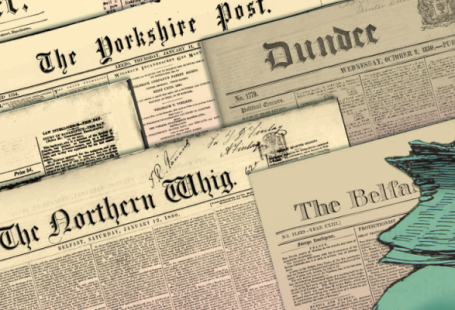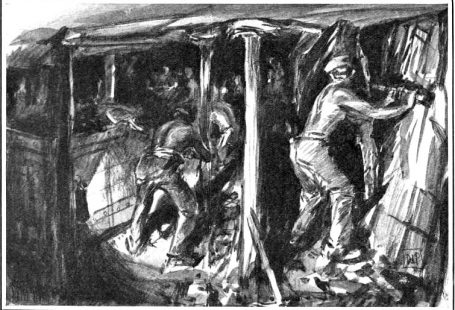In this special blog post, we use newspapers from The Archive to investigate how the fallen soldiers of the First World War were remembered, and consequently, how all those killed in military conflicts across the world came to be commemorated via war memorials.
Upon the cessation of conflict on 11 November 1918 there was hardly a household in Great Britain that had not been impacted by the horrendous number of casualties inflicted during the past four years. And not just in Great Britain; in Australia every second family lost a relative, with civilian and military losses numbering approximately sixteen million worldwide.
Whereas previously war was celebrated with imposing monuments which lauded great victories, such as the Arc de Triomphe in Paris and Nelson’s Column in London, the sheer destruction caused by the ‘war to end all wars’ required a new approach. War was not something to be celebrated; it was its fallen that needed to be remembered instead.
With this necessity in mind, architect Edward Lutyens came to design the Cenotaph in Whitehall, perhaps one of the most famous monuments in the world to those who have died as a result of conflict.
Edinburgh Evening News | 12 November 1920
The Cenotaph represented a stark contrast with previous military monuments. Derived from Greek, the word ‘cenotaph’ means empty tomb. This empty tomb, therefore, represents the large scale of losses suffered. And moreover, it represents the resting place of those whose bodies were never found, with 73,000 Allied dead never found on the Somme alone.
Consequently, the Cenotaph came to represent a universal tomb for those families who would never be able to lay their dead to rest. It was regarded as an empty sarcophagus for the nation, labelled as the ‘nation’s shrine’. One floral tribute laid upon the Cenotaph at its unveiling on Armistice Day 1920 read ‘For I Know Not Where He Is Laid,’ something that epitomizes the universality of the non-denominational monument.
Newspapers such as The Sphere record the moment the Cenotaph was unveiled by King George V. The Cenotaph was not intended to be permanent; it was part of a temporary display erected during Victory Day in 1919. But it proved to be so popular that a permanent structure, constructed out of Portland stone, was later constructed.
Of course, the nation did not just have one war memorial. Indeed, it is unknown just how many war memorials were erected in the United Kingdom, with estimates in the tens of thousands. Communities rallied, with local committees formed to raise funds for the design and the construction of war memorials, usually situated in the heart of towns and villages across the country.
Illustrated London News | 5 August 1922
Such war memorials are a familiar site, and risk fading into the background of the prosaic everyday. However, through the newspapers contained in The Archive, it is evident as to how new and vital their construction was during the aftermath of the First World War, and through them ‘the glorious dead’ were allowed to live on.









